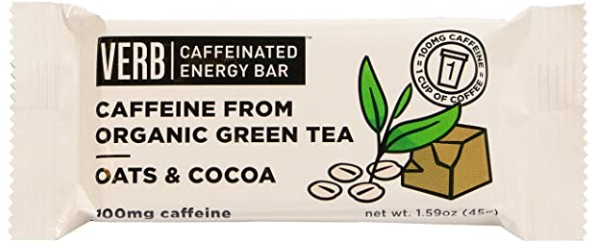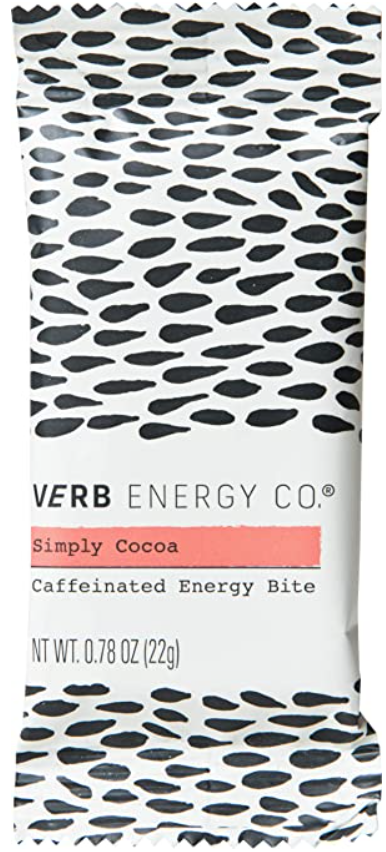Branding and Design
Whatever product you have in mind, it will depend on a strong, consistent brand that connects with your customers in order to generate traction in the marketplace. Ultimately, most foods can be replicated, so what distributors, retailers, and customers are buying into is your brand. Maybe you’re approaching the market from a new perspective, or using healthier and more sustainable ingredients - or both - whatever it is, you need to convey this. Know your angle, the unique feel and value you bring to market, and design to highlight this. Branding and design go hand in hand.
Your brand is, broadly, how you are perceived. This principle applies across channels, so you need to think about brand consistency - that is, having similar designs, colors, fonts, and brand voice across your platforms. Are you irreverent and snarky on your packaging? That should carry through to social media, advertisements, and even your interactions with customers. To help formalize your brand, and keep things consistent, you can create a style guide. Style guides provide the specific colors, fonts, lines, and design principles you use in your brand. This document can even have examples of good and bad design and communication. Ideally, you would hire the same designer to create your style guide and initial packaging designs, but if you need to prioritize, having a style guide is a good place to start.
When it comes to design, our best advice is to hire a designer. You can pay $5 for a logo online, but chances are it won’t be very unique or interesting. You could also pay $100,000 to a large media agency and have them produce your style guide, packaging designs, website, and whatever else (t-shirts anyone?). Somewhere in between is probably best. There are many talented independent designers who can create a style guide and packaging mockups for $15,000-$25,000, and if you find a new, aspiring designer, you can often get a better deal. If you don’t have this kind of cash laying around (and let’s face it - not many do), you can always offer innovative financing. For example, Honest Tea offered their first designer $4,000 up front, plus a fraction of a cent for bottles 1M-10M. This allowed Honest Tea to conserve cash up front, and defer additional payments until after they’d sold 1 million bottles - by which time they would be facing the more exciting challenge of scaling.
One thing you can do to set up a designer for success is to create a design brief. Design briefs collate your ideas on what you want the brand to look like. They don’t need to be polished or fancy. For example, you can copy in a tea carton if you like its design and describe what you like about it specifically (does it use a certain style, or convey information in a certain way, or have angles you like?). You can also include designs you don’t like in the design brief, which also helps designers know what to avoid. Ultimately, your goal should be to convey the brand feel and specific stylistic elements you like so that you designer can run with this information and come back with something spectacular.
Here’s an example we think illustrates our point well. On the left is the original design the company made themselves. On the right, they hired a designer. You can see the difference in appearance and how the right one looks more polished, professional, and interesting:

